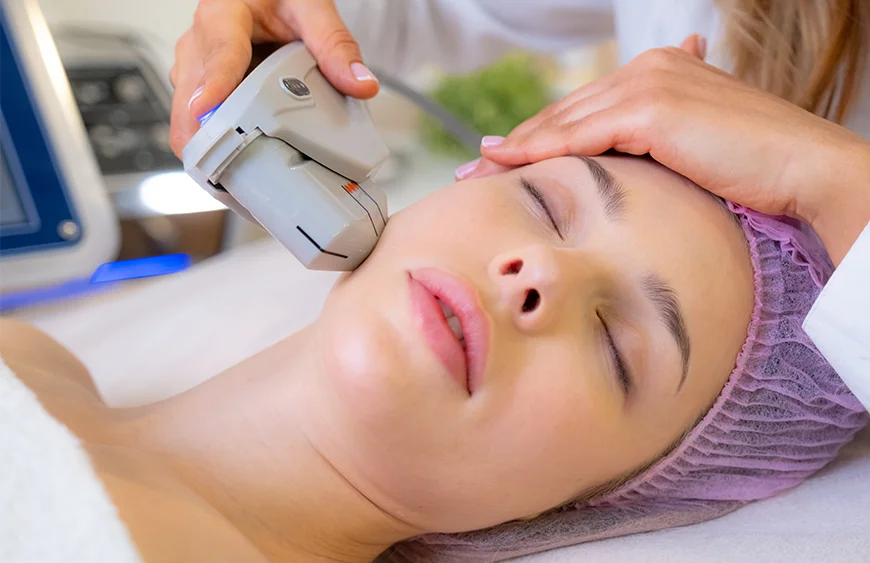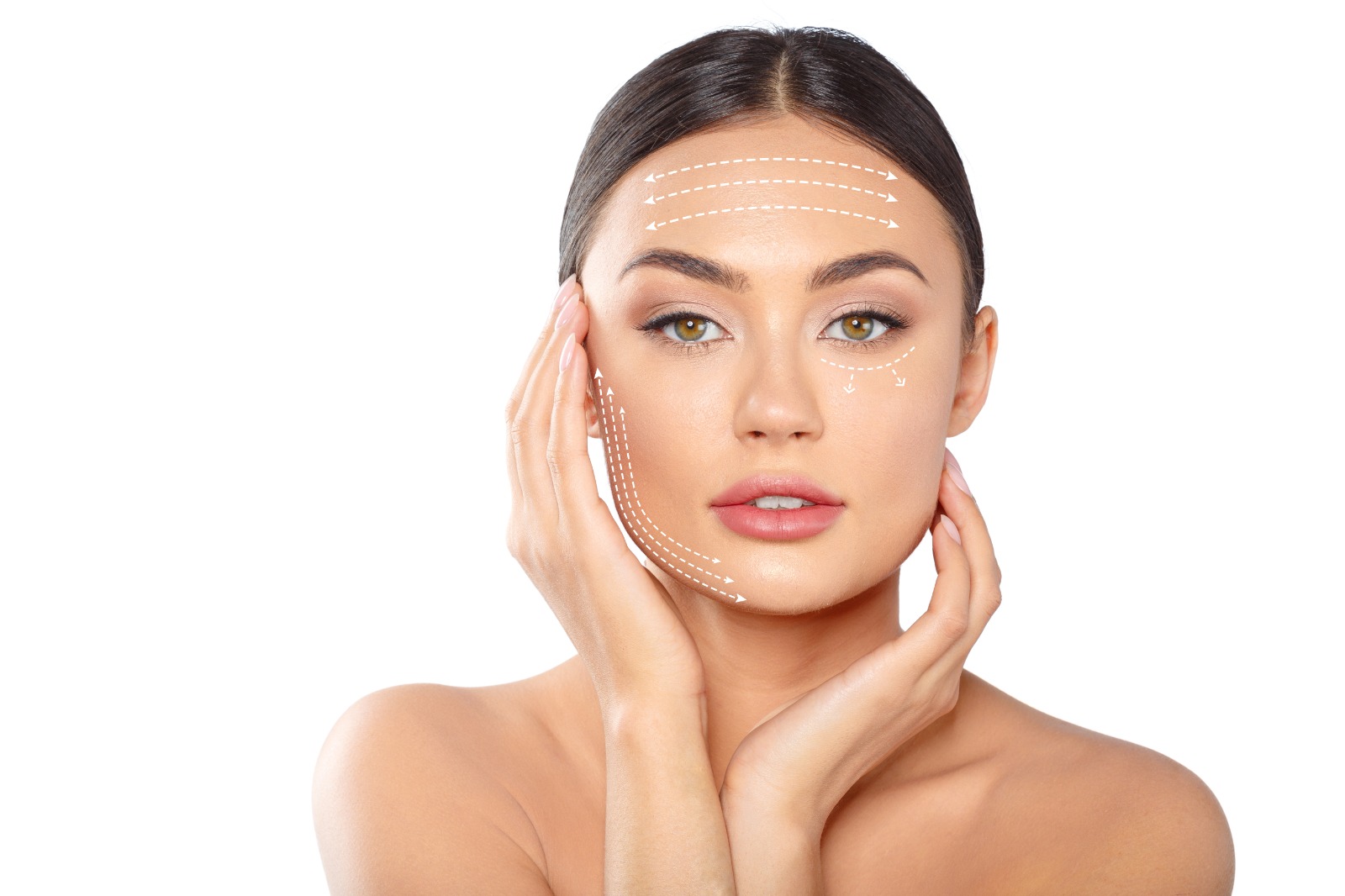HIFU Therapy: The Safe, Non-Invasive Path to Radiant Skin
High-Intensity Focused Ultrasound (HIFU) therapy has become an engaging option for those seeking non-invasive skin rejuvenation. This cutting-edge technology takes advantage of ultrasound waves to stimulate collagen production, properly dealing with worries such as skin laxity and signs of aging. With its minimal downtime and tailored approach, HIFU provides to a selection of individuals wanting to improve their skin's look. The ins and outs of exactly how HIFU functions and its viability for various skin kinds warrant a closer exam, as recognizing these variables is important for notified decision-making.
What Is HIFU Therapy?
High-Intensity Focused Ultrasound (HIFU) treatment has actually become an advanced non-invasive procedure developed to invigorate the skin and advertise an extra younger appearance. This cutting-edge treatment takes advantage of the power of ultrasound innovation to promote collagen production and improve skin elasticity without the need for surgical treatment. Because of this, HIFU has actually obtained appeal amongst individuals seeking reliable skin firm and training remedies.
HIFU treatment is specifically appealing as a result of its safety profile and minimal downtime. Unlike traditional renovations, which frequently require prolonged healing periods and entail substantial dangers, HIFU supplies a comfy choice that can be carried out in a scientific setup. Individuals generally experience just light pain during the procedure, and the majority of can resume their day-to-day activities immediately later.
The adaptability of HIFU prolongs beyond aesthetic enhancement; it is additionally utilized in various medical applications. Its key focus remains in the realm of cosmetic dermatology, where it deals with worries such as drooping skin, fine lines, and creases. As research study remains to evolve, HIFU treatment is strengthening its place as a valuable choice for people seeking to accomplish glowing, youthful skin without invasive methods.

How HIFU Functions
HIFU treatment operates by making use of concentrated ultrasound energy to penetrate the skin at various depths, exactly targeting the dermal layers where collagen fibers reside. This sophisticated technique employs high-intensity focused ultrasound waves that create heat within the targeted cells, boosting a natural recovery action. As the ultrasound power is delivered, it causes regulated thermal injury to the skin's deeper layers, triggering the body to initiate a regenerative procedure.
The thermal impact of HIFU causes collagen synthesis, which is vital for maintaining skin elasticity and suppleness. Over time, this brings about the makeover of collagen fibers, enhancing the general structure and appearance of the skin. The therapy can be personalized to attend to particular locations of issue, such as sagging skin or fine lines, making it a reliable choice for different skin kinds.
Unlike traditional surgical techniques, HIFU offers a non-invasive alternative, considerably lessening recuperation time and potential issues. Clients can typically go back to their day-to-day activities immediately after the procedure. The accuracy of HIFU technology makes certain that surrounding cells continue to be unhurt, giving a safe and targeted method to skin renewal.
Advantages of HIFU
The advantages of HIFU treatment expand websites past its cutting-edge innovation, supplying a series of advantages for those looking for skin Go Here rejuvenation. One of one of the most remarkable benefits is its non-invasive nature, which gets rid of the requirement for procedures and comprehensive healing times. People can enjoy considerable skin tightening up and training results without the associated risks of conventional renovations.

In addition, HIFU promotes collagen production, a crucial healthy protein that adds to skin elasticity and firmness. As collagen levels increase, individuals usually experience improved skin texture and a reduction in fine lines and wrinkles. This natural enhancement causes a vibrant look that can last for months, otherwise years.
Moreover, HIFU treatment is highly customizable, allowing specialists to tailor the procedure to the particular requirements and worries of each person. This tailored strategy maximizes outcomes, making certain that every person receives optimal care.
What to Anticipate Throughout Therapy
Throughout a HIFU treatment session, people can normally expect a period of 30 to 90 minutes, relying on the location being targeted. HIFU. The procedure starts with an extensive consultation, where the professional evaluates the skin and reviews the client's objectives. After this, the skin is washed, and a topical anesthetic may be used to ensure convenience throughout the treatment
As soon as the skin is prepared, a special ultrasound gel is related to facilitate the shipment of ultrasound power. The HIFU device is after that placed, and the specialist meticulously targets the established locations. Patients may experience an experience of warmth or moderate pain as the ultrasound power penetrates the skin, boosting collagen manufacturing.
Throughout the treatment, experts continuously keep an eye on the patient's comfort visit their website levels, readjusting setups as required. Many sessions are well-tolerated, and any kind of discomfort is commonly temporary. Post-treatment, clients might notice minor redness or swelling in the treated areas, which normally subsides within a couple of hours. Outcomes can gradually improve over a number of months as collagen proceeds to create, leaving patients with rejuvenated, radiant skin (HIFU).
Suitable Candidates for HIFU

Candidates need to additionally have practical assumptions relating to results; while HIFU can offer noticeable lifting and firm, it is not a substitute for surgical procedures. Individuals with specific medical problems, such as serious skin infections or open wounds in the treatment location, may not be suitable for HIFU. Those with particular skin types or conditions, such as extreme acne or rosacea, must seek advice from a qualified practitioner to establish if HIFU is ideal.
Furthermore, individuals that are expecting or have a history of extreme allergies to ultrasound treatment should prevent this treatment. Inevitably, an extensive assessment with a licensed specialist is important to review individual health background and skin problem, making certain that HIFU is a risk-free and reliable choice for attaining their aesthetic objectives.
Conclusion
In verdict, HIFU therapy represents an encouraging non-invasive alternative for people looking for skin renewal. With marginal downtime and a customized method, HIFU uses substantial benefits for those with mild to modest skin laxity.